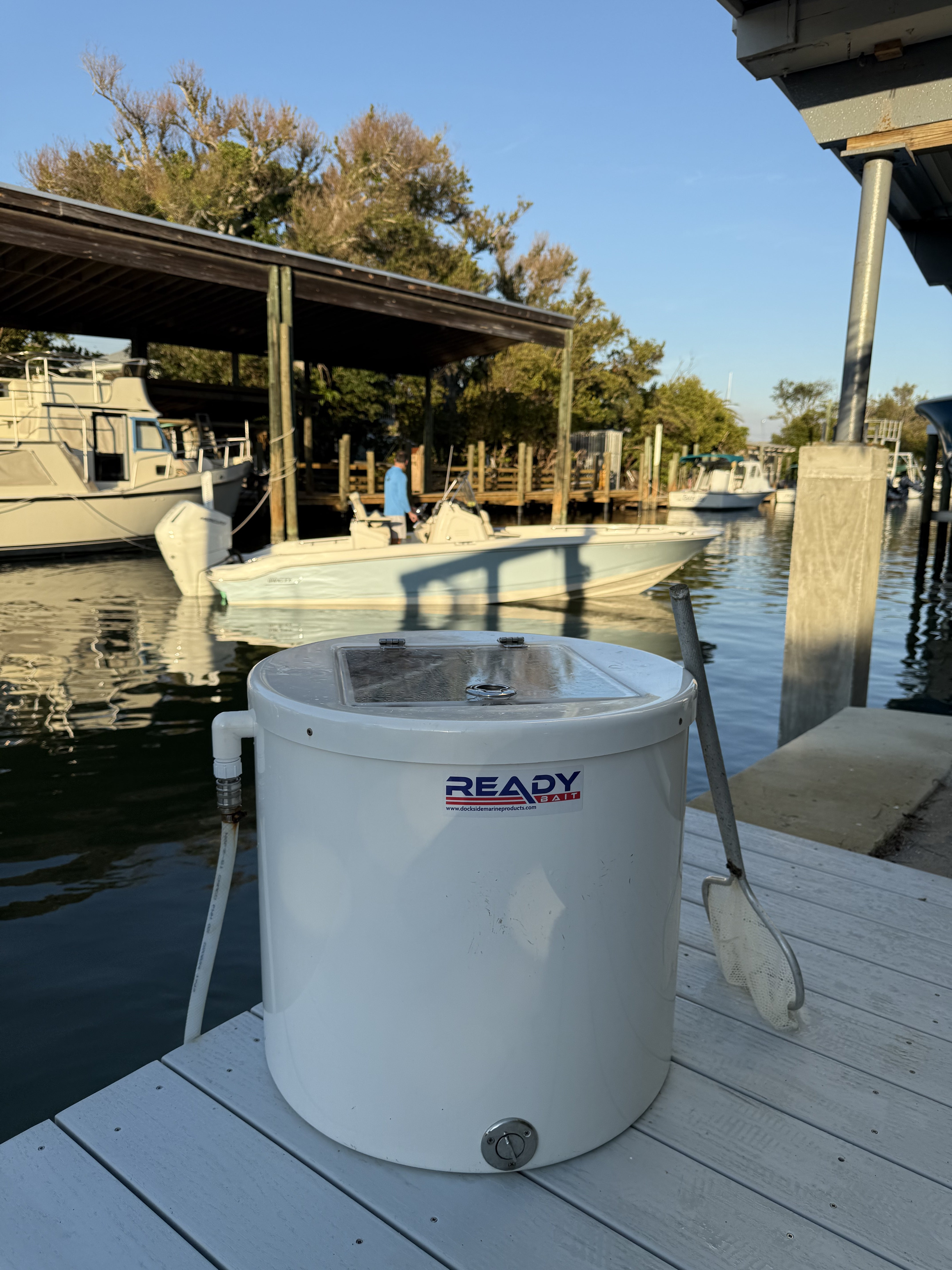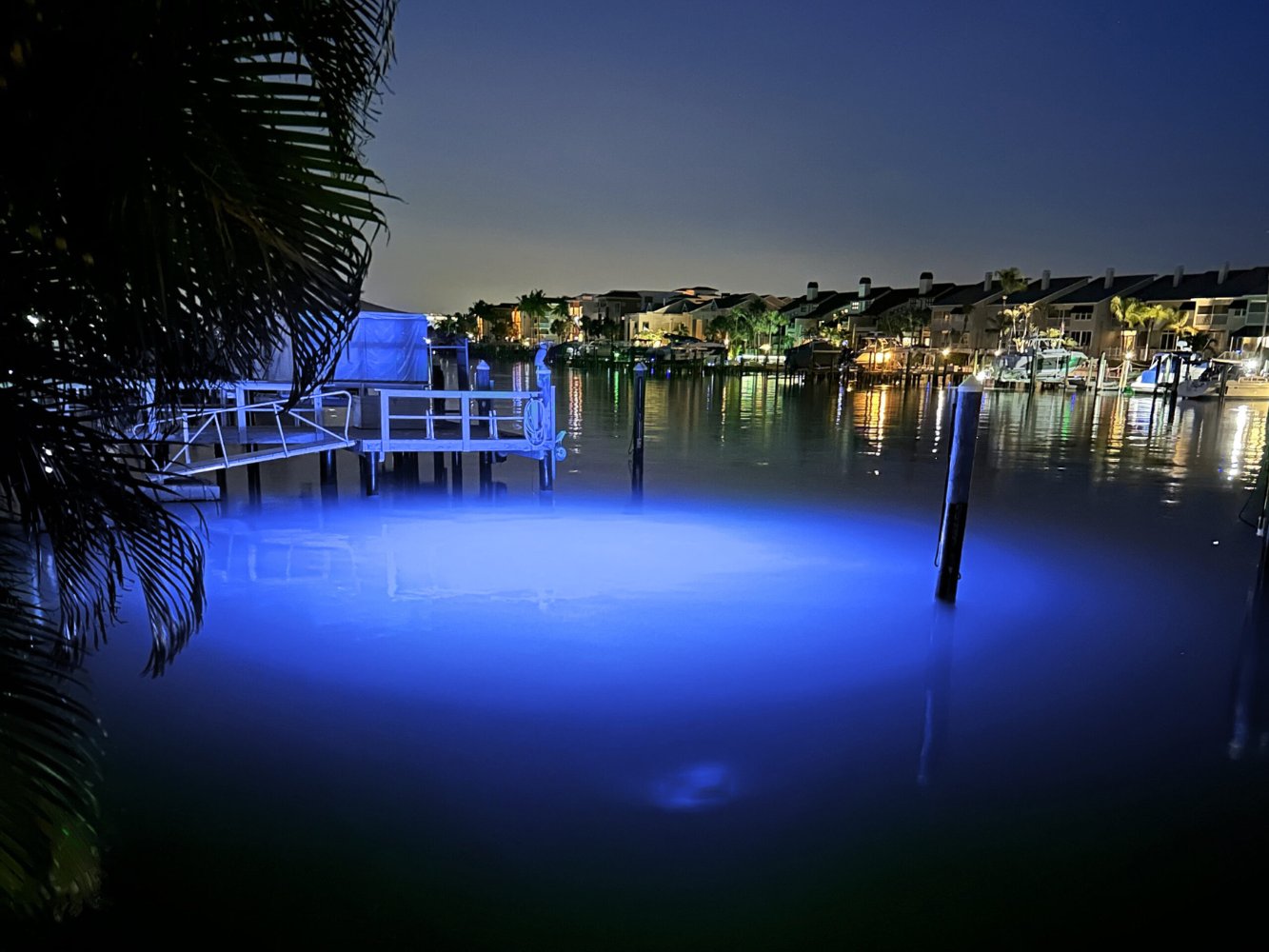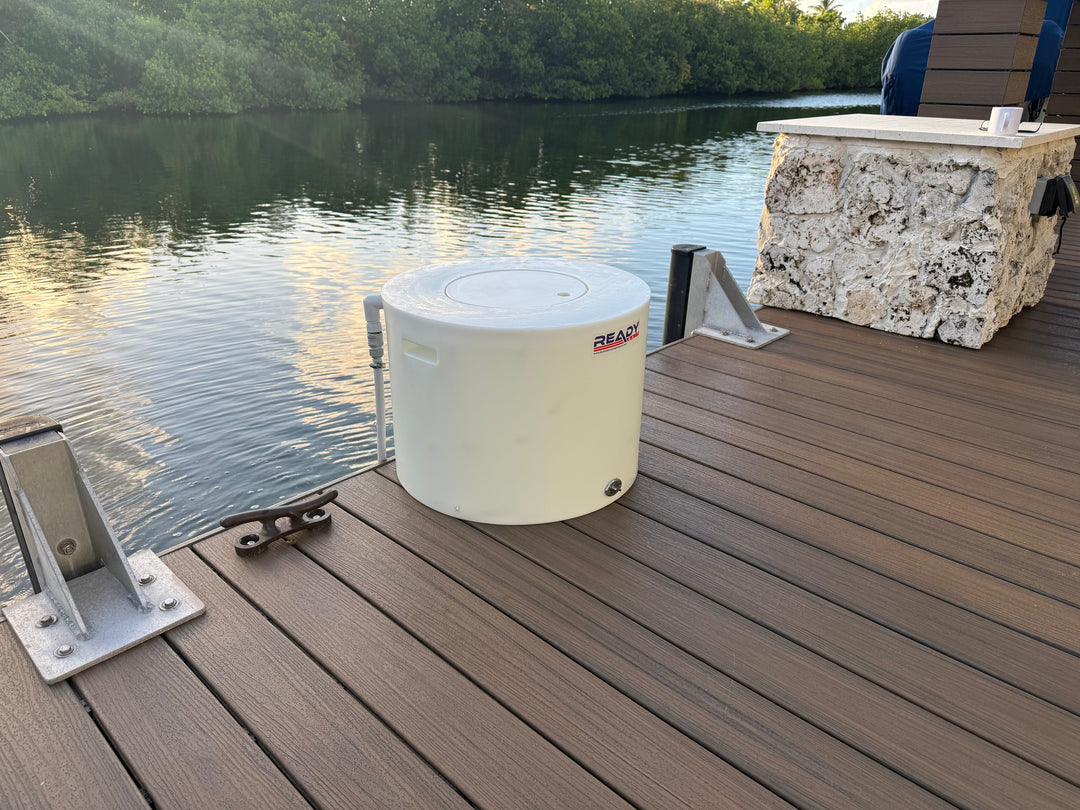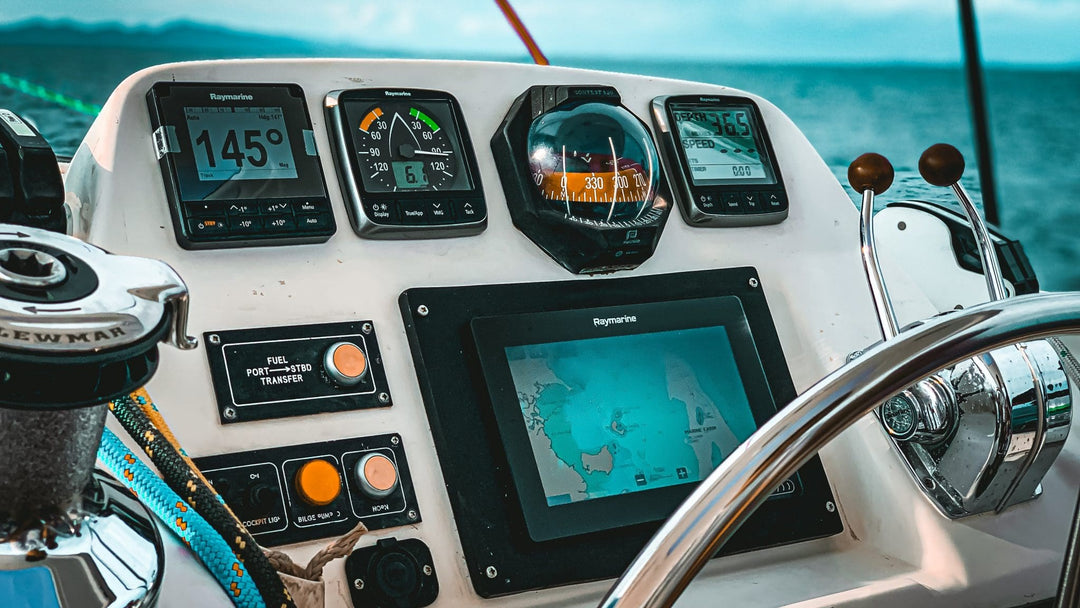Choosing the Right Saltwater Fishing Line: A Guide for Every Angler
When it comes to saltwater fishing, your choice of fishing line can make or break your experience on the water. The harsh marine environment, coupled with the strength and size of saltwater species, requires a line that can withstand the elements and the pressure of big game fishing. Here’s a detailed guide to help you choose the right saltwater fishing line for your next adventure.
1. Monofilament vs. Braided Line: Understanding the Basics
The first decision you'll need to make is whether to use monofilament or braided line. Both have their pros and cons, and the best choice depends on your specific fishing needs.
-
Monofilament Line: Known for its flexibility and stretch, monofilament is a versatile choice for many saltwater anglers. It’s easier to handle, knots well, and is generally more forgiving when battling strong fish. However, it tends to have more line memory and can degrade faster when exposed to sunlight and saltwater.
-
Braided Line: Braided lines are incredibly strong and have minimal stretch, making them ideal for deep-sea fishing and targeting large, powerful fish. They have a smaller diameter compared to monofilament, allowing you to spool more line onto your reel. However, braided lines can be more difficult to handle, especially for beginners, and may require specific knots for secure connections.
2. Line Strength: Matching the Line to Your Target Species
Line strength, measured in pounds, should be matched to the species you’re targeting. For inshore fishing, where you might encounter species like redfish, snook, or trout, a line in the 10-20 lb range is usually sufficient. For offshore fishing, where you might be going after larger species like tuna, marlin, or grouper, you’ll need a much stronger line, often 50-100 lb test or higher.
3. Consider Abrasion Resistance
Saltwater environments are full of sharp rocks, coral reefs, and other abrasive surfaces that can quickly wear down a fishing line. Look for lines that are specifically designed for abrasion resistance, especially if you plan to fish around structures. Braided lines typically offer higher abrasion resistance, but there are also monofilament options available that are engineered for toughness.
4. Color Matters: Choosing the Right Line Color
The color of your fishing line can affect your success rate. In clear waters, a transparent or blue-colored line can be less visible to fish, increasing your chances of a bite. On the other hand, in murky or deep waters, a high-visibility line can help you keep track of your line, especially when trolling or fishing in low-light conditions.
5. Consider the Line’s Buoyancy
The buoyancy of your fishing line can impact how your bait or lure behaves in the water. Monofilament lines tend to float, which can be advantageous when using topwater lures. Braided lines, on the other hand, sink faster, making them a better choice for deep-water fishing or when using lures that need to stay closer to the bottom.
6. Spooling Your Reel: How Much Line Do You Need?
It’s important to ensure that your reel is spooled with enough line to handle long runs from big fish. When spooling with braided line, you can fit more line on the reel due to its smaller diameter. However, when using monofilament, you may need to account for the thicker diameter by choosing a line with adequate strength without sacrificing too much capacity.
7. Line Maintenance: Extending the Life of Your Fishing Line
Saltwater is harsh on all fishing gear, including your line. Rinse your line with fresh water after each trip to remove salt and debris. Check for nicks, frays, or signs of wear regularly, especially after a fight with a big fish. If you notice any damage, it’s best to replace the affected section or the entire line to avoid losing your next catch.
Conclusion
Choosing the right saltwater fishing line is essential for success on the water. By understanding the differences between monofilament and braided lines, considering factors like line strength, abrasion resistance, and color, you can tailor your setup to suit the conditions and the species you're targeting. Proper line maintenance will ensure that your gear is always ready for the next big catch. Whether you're a seasoned angler or new to saltwater fishing, selecting the right line can make all the difference in your fishing experience.






